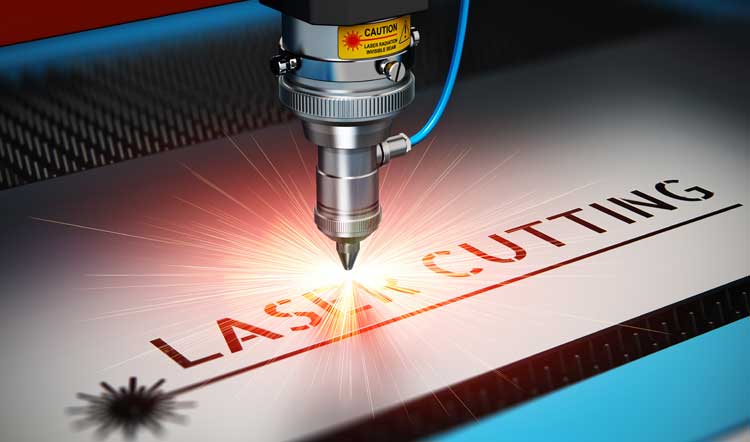Laser cutting machines are powerful tools that utilize the focused energy of a laser beam to cut through a variety of materials with precision and accuracy. This technology has found widespread application in various industries due to its ability to produce intricate cuts, minimize material waste, and enhance overall efficiency. The basic principle behind laser cutting involves using a high-powered laser to melt, burn, or vaporize material along a predetermined path, guided by computer numerical control (CNC) systems. Let’s explore the key components and functions of a laser cutting machine.
Key Components of a Laser Cutting Machine:
Laser Source
The heart of a laser cutting machine is the laser source, which generates a high-intensity beam of coherent light. Common types of lasers used include CO2 lasers and fiber lasers. CO2 lasers are suitable for cutting non-metallic materials like wood, acrylic, and plastics, while fiber lasers are more effective for cutting metals.
Optical System
The laser beam passes through a series of mirrors and lenses in the optical system to focus and direct the beam onto the material being cut. Precise control of the beam’s position and intensity is essential for achieving accurate cuts.
CNC Controller
The CNC controller is responsible for translating the cutting design, often created using computer-aided design (CAD) software, into specific instructions for the laser cutting machine. This ensures that the laser follows the desired cutting path with high precision.
Work Bed
The work bed provides a stable platform for the material being cut. It may be flat or equipped with a grid to support various sizes and types of materials.
Working Principle:
Material Preparation
Before the cutting process begins, the material is typically prepared by cleaning its surface and securing it to the work bed. Fixturing methods vary based on the material type and thickness.
Programming
The user creates a digital design of the desired cut using CAD software. This design is then converted into machine-readable code (G-code) that guides the laser cutting machine’s movements.
Calibration
The laser cutting machine is calibrated to ensure precise alignment of the laser beam. This calibration accounts for factors such as the material’s thickness and the desired cutting depth.
Cutting Process
The laser beam is emitted from the laser source and directed through the optical system to focus on the material’s surface. As the laser moves along the programmed path, it heats, melts, or vaporizes the material, creating a cut. The focused nature of the laser beam allows for very fine and detailed cuts.
Cooling and Exhaust
During the cutting process, heat is generated. Laser cutting machines often incorporate cooling systems, such as water or air cooling, to prevent the laser source from overheating. Additionally, an exhaust system helps remove fumes and debris generated during cutting.
Quality Control
Quality control measures, such as monitoring the cutting speed, power, and ensuring proper focus, are crucial for achieving accurate and consistent results.
Applications:
Metal Fabrication
Laser cutting is widely used in metal fabrication for cutting and shaping metals like steel, aluminum, and stainless steel.
Precision Engineering
Industries requiring high precision, such as electronics and medical device manufacturing, use laser cutting for intricate and delicate components.
Textile and Apparel
Laser cutting is employed in the textile and apparel industry for precise cutting of fabrics, leather, and other materials.
Signage and Artwork
The ability to create intricate designs makes laser cutting popular for signage, artwork, and decorative applications.
In conclusion, laser cutting machines offer a versatile and efficient means of cutting a wide range of materials with precision and speed, making them indispensable in modern manufacturing and fabrication processes.


